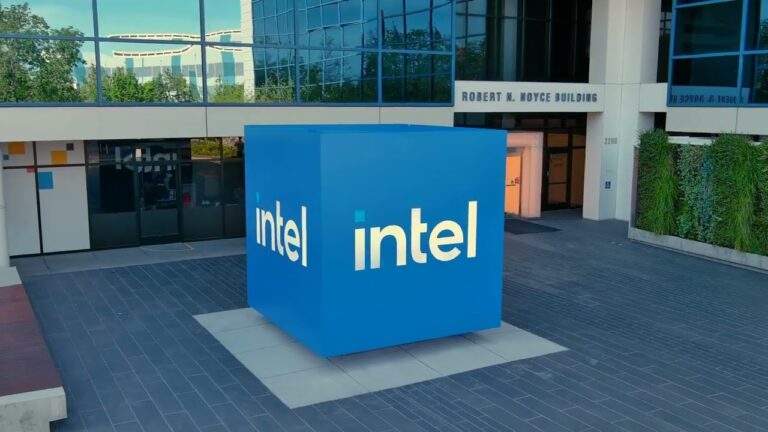Although that average is over the Fed’s comfort level, some officials indicated over the past two weeks that they were not ready to reduce interest rates. “Inflation appears to have hit a soft patch,” officials said after the monthly PCE price index, their preferred inflation gauge, rose to a 2.7% gain over the last 12 months through March.
That position was supported by Cleveland Fed President Loretta Mester, who stated, “I’d argue for a bit more patience in taking stock of the incoming data and information on the inflation outlook.” * “For the labor market to deteriorate before, we must consider trimming rates.” In April, nonfarm payrolls gained by 175,000, below an average gain of 242,000 in the prior 12 months.
Although the annualized gain of 1.6% for the first quarter was less, economists debated it and pointed to some strong underlying numbers. Purchasing-manager surveys in May have been robust in rates of business confidence, though companies are maintaining vigilance. However, the Atlanta Fed’s forecasting tool, GDPNow, points to 3.5% GDP growth for the current quarter.

Torsten Slok, chief economist at Apollo Global Management, estimates the Fed is unlikely to hike rates again this year. Larry Summers, another Harvard economist, places the probability of the Fed’s next move at less than 15% to 25%.
Goldman Sachs is the latest bank to adjust an interest-rate forecast to better reflect newer data. The bank will push its call for a cut in the Fed’s key interest rate into September from its previous July estimate. The Fed meets in June, July, and September. According to CME, interest-rate futures prices trade as there is a 50% probability of a cut in the federal fundsfederal funds rate by September and 61% by November.
Decision economics: Goldman economists view comments from Fed officials last week as signaling that while action in July would require not only improved inflation but also “significant signs” that either activity or labor market data were seriously softening, recent purchasing manager reports—along with less dire jobless claims—further reduce that likelihood.
“If May and June core PCE monthly price measures also show that year-on-year inflation is sticking in the low 2% range, most officials probably would favor easing rates. Excluding food and energy, the core PCE came in at 2.8% in March.”.
The latest commentary from Federal Reserve Chair Jerome Powell is consistent with a go-slow approach by Goldman’s economists to the pace of rate cuts. His remarks point to the fact that the Fed chair is giving credit to the progress on inflation and the good performance of the economy at current levels of interest rates. Powell also spoke about the uncertainty around the trimming process, although he stated quite specifically that, with evidence of confidence, he would consider rate cuts.
The best professionals at Goldman point three reasons that qualify the difficulty in defining the timing for the start of the Fed’s cutting rates:
- Rate cuts are taken as having discretion, reducing the urgency element.
So, while inflation may have looked better by September, once again, it may be at a level where cutting rates is not so obvious. 3. The Fed’s leadership doesn’t seem to care much about its overall view of inflation. Members do care and are eager not to cut rates.
While interest rates would increase debt payments and, on the one hand, rates of interest would increase incomes of money-market funds and savings accounts, on the contrary, they would achieve the opposite. Loan payments would be reduced, and income from savings would be lower.
The Fed and its activities in the dynamic economy are now more than ever under the observation of financial professionals and customers.




+ There are no comments
Add yours